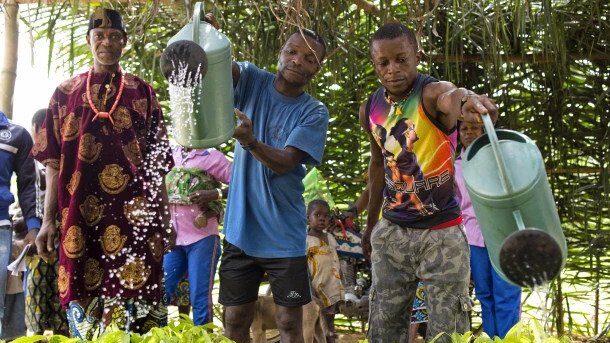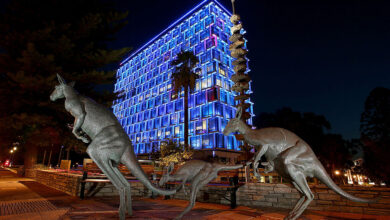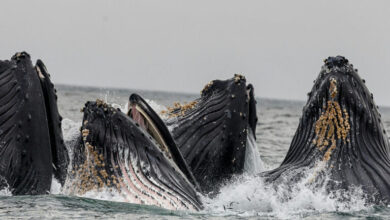
Tree nursery in the Korup Rainforest Biosphere Reserve, Cameroon. Photo Credit: CPSMMR-SWR
Environment The WorldNew Biosphere Reserves Help Humans “Live in Balance with Nature”
UNESCO’s network of biosphere reserves is growing with the addition of 11 new sites where innovative local solutions are promoted to preserve biodiversity and ecosystems and tackle climate change while improving livelihoods by developing agroecology, renewable sources of energy, and green industries.
“UNESCO biosphere reserves are tangible proof that humanity can live in balance with nature,” explains Audrey Azoulay, UNESCO Director-General. “Since 1971, this community-led programme has successfully found a model for development where people live well and biodiversity is respected.”
The International Coordinating Council of UNESCO’s Man and the Biosphere (MAB) programme meets once a year to choose which sites will be added. The African continent is gaining four biosphere reserves – including a transboundary one across two countries – which are Cameroon’s Korup Rainforest, Tanzania’s Rufiji-Mafia-Kibiti-Kilwa, Central African Republic’s Protected Area Complex of Northeast Central African Republic, and Kenya and Uganda’s shared Mount Elgon. Asia is gaining four – including two in Pakistan alone – which are Indonesia’s Bantimurung Bulusaraung – Ma’Rupanne, Mongolia’s Onon-Balj, and Pakistan’s Chitral Bashkar Garmchashma and Gallies. There are two new sites in South America, namely Colombia’s Tribugá-Cupica-Baudó and Peru’s Bicentenario-Ayacucho. There is one new site in Europe located in Germany. It is the Drömling Biosphere Reserve. With these new additions, the network totals 748 sites in 134 countries, including 23 transboundary sites.



